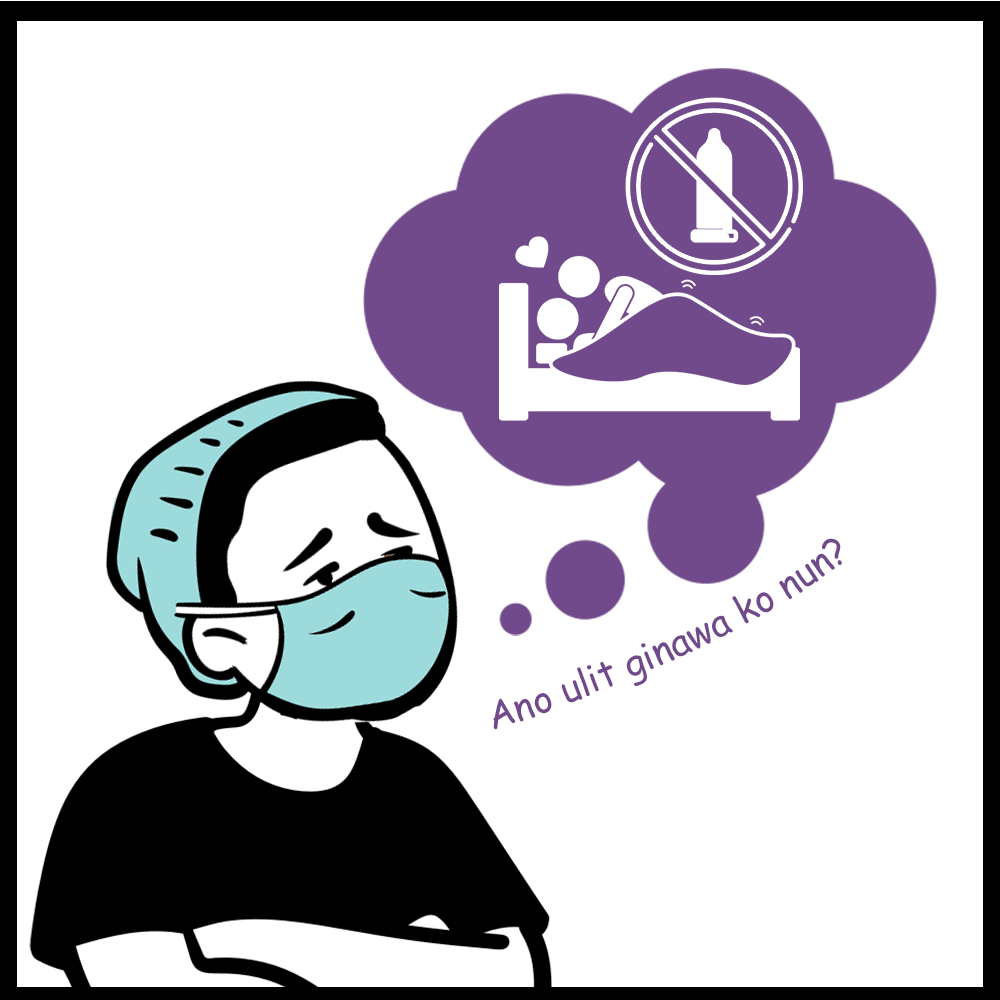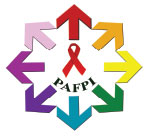BASICS OF PREVENTION
| Differences Between HIV and AIDS | |
| HIV Human Immunodeficiency Virus |
AIDS Acquired Immunodeficiency Syndrome |
| HIV is a virus that attacks the immune system | AIDS is a condition where a person with HIV has different manifestations of signs and symptoms. |
| Patients will experience minor flu-like symptoms after 2 to 4 weeks after infection. | Patients will experience severe flu-like symptoms. |
HIV is not AIDS but can turn into AIDS when HIV gets worse. There is no effective medicine that can cure HIV. A patient infected with HIV will carry the virus for life, but with proper treatment, HIV is controllable. Patients undergoing HIV treatment can live every day and healthy lives.
What does a person with HIV usually experience?





A is Abstinence!
Abstinence or restraining from engaging in risky sexual behavior can help prevent transmission of HIV and other sexually transmitted infections (STIs).
B is Being Faithful!
A monogamous relationship or not having unprotected multiple sexual partners can help prevent STIs, including HIV.
C is Condom-Use!
If A and B fail or are hard to follow, consistent and proper use of condoms is an effective and accessible way to prevent HIV.
D is Do not Use Drugs.
Using drugs, sharing needles, syringes, and other injection equipment poses a risk of contracting HIV. It could lead to unprotected sex or risky sexual behavior. Sharing used needles and syringes that could be infected with HIV also increases the risk of contracting HIV.
